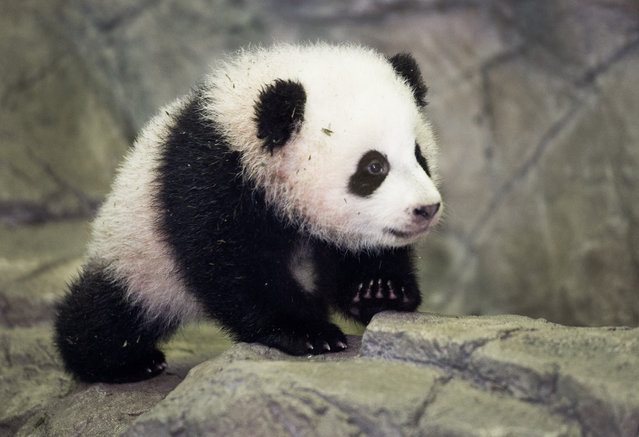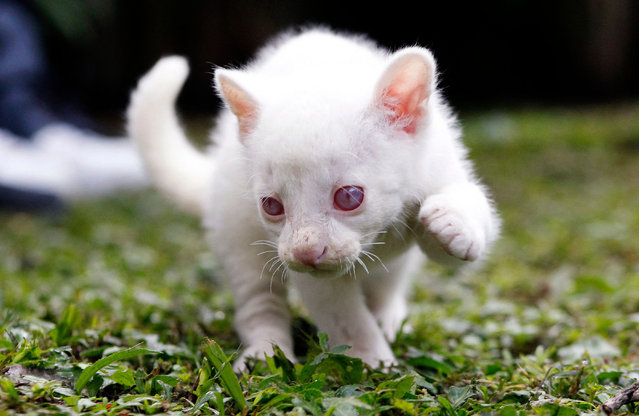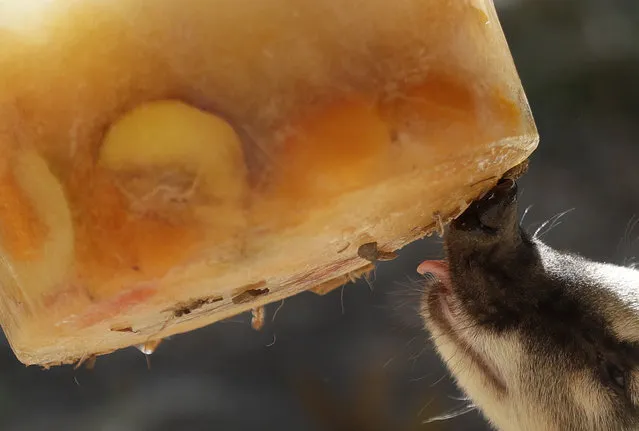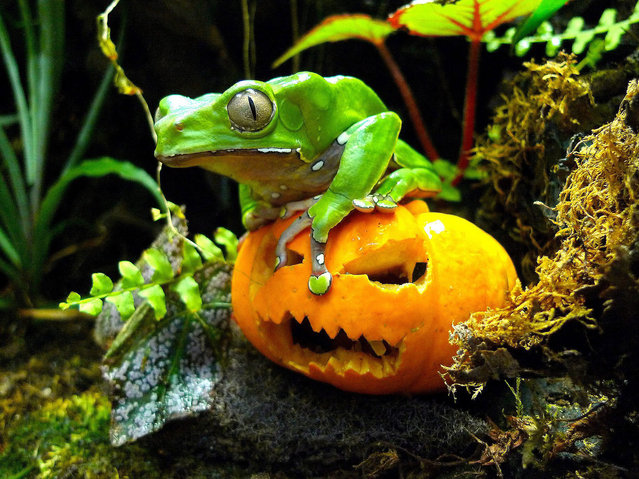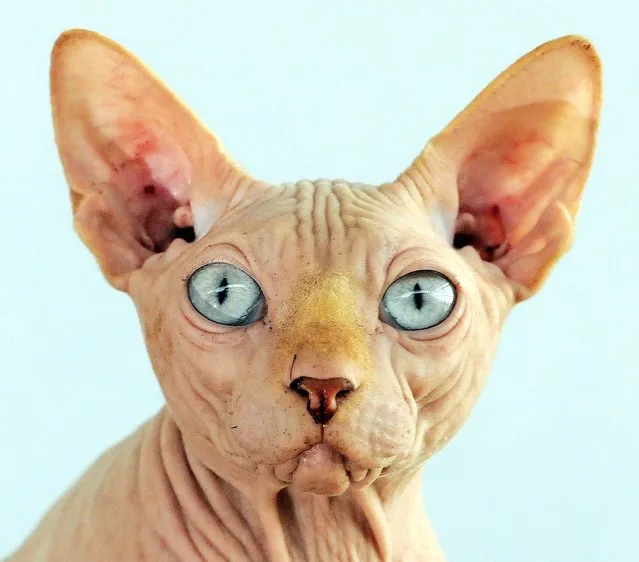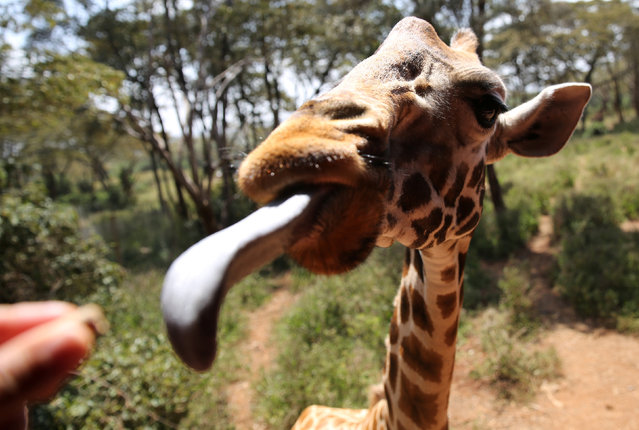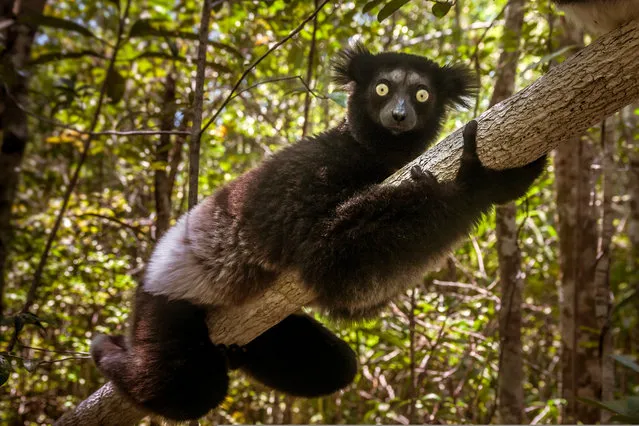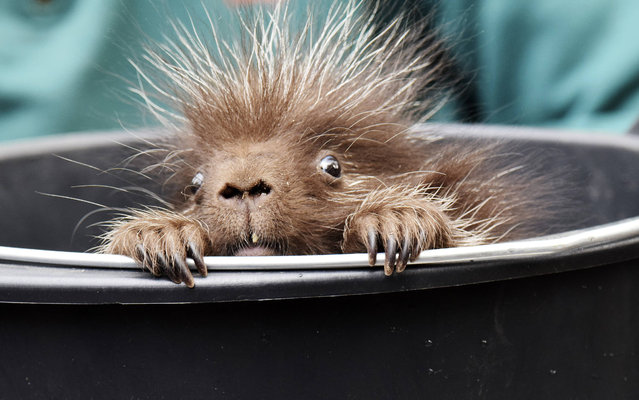
The New World porcupine, family Erethizontidae, 1280 Gram born at 11 April 2015 Inventory in Zoo. Counting trade Fairs Weighing the Zoo is at 7 May 2015 too the 108 Birthday Zoo Hagenbeck Hamburg, Germany. (Photo by Imago/ZUMA Wire)
09 May 2015 12:38:00,post received
0 comments

